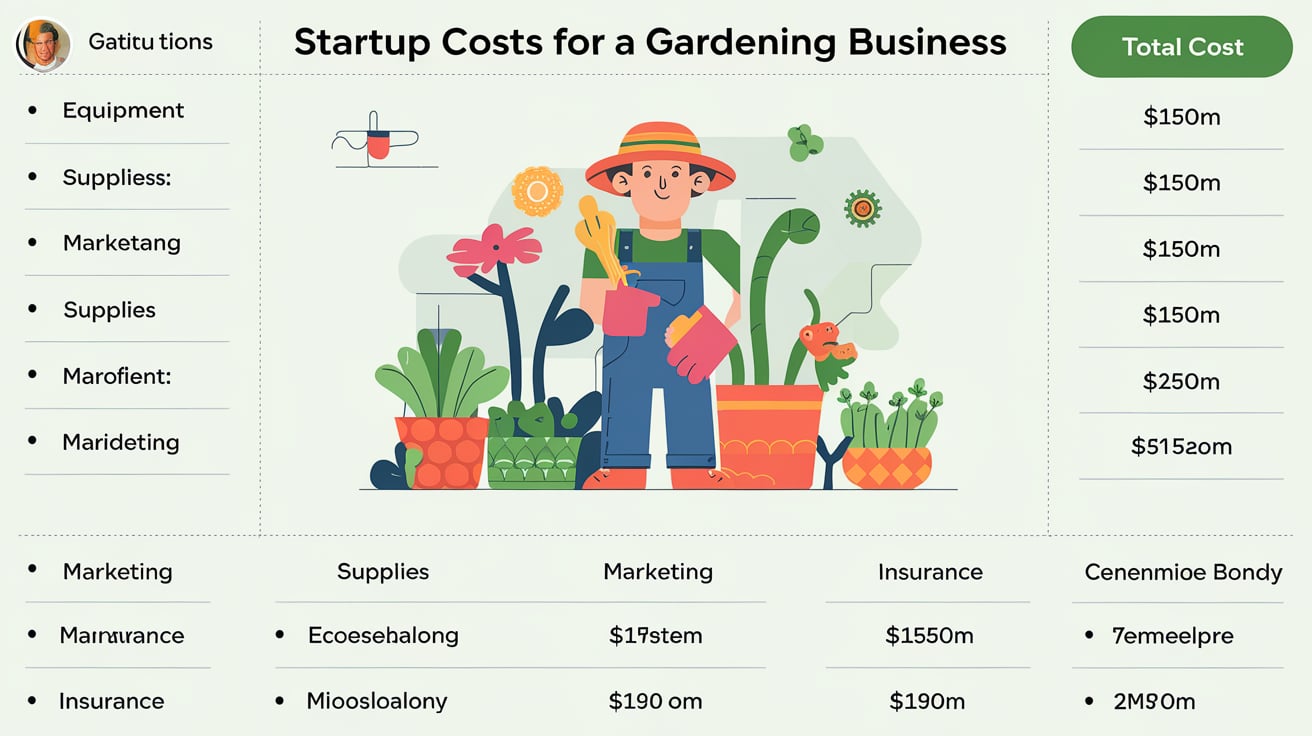Innovation plays a crucial role in business by driving growth, enhancing competitiveness, and fostering adaptability. Here’s a detailed look at the various roles of innovation in business:
1. Driving Growth.
- New Products and Services: Innovation leads to the creation of new products and services that can meet changing consumer needs and open up new markets.
- Revenue Streams: Innovative solutions can generate additional revenue streams and diversify business income.
2. Enhancing Competitiveness.
- Differentiation: Innovative businesses can differentiate themselves from competitors by offering unique products or services.
- Market Leadership: Continuous innovation helps companies stay ahead of competitors and maintain a leadership position in the market.
3. Improving Efficiency.
- Process Innovation: Enhancing internal processes through innovation can lead to increased efficiency, reduced costs, and improved productivity.
- Automation: Implementing innovative technologies, such as automation and AI, can streamline operations and reduce human error.
4. Fostering Adaptability.
- Market Changes: Innovation enables businesses to quickly adapt to changes in the market, consumer preferences, and technological advancements.
- Crisis Management: During crises, such as economic downturns or pandemics, innovation can help businesses pivot and find new ways to operate.
5. Meeting Customer Needs.
- Customization: Innovative approaches allow for more personalized and customized products and services, enhancing customer satisfaction.
- Customer Experience: Innovations in customer service, such as chatbots and AI-driven support, can improve the overall customer experience.
6. Encouraging Employee Engagement.
- Creative Environment: An innovation-focused culture encourages creativity and collaboration among employees.
- Skill Development: Employees are motivated to develop new skills and engage in continuous learning, which benefits both the individual and the organization.
7. Sustainability.
- Eco-Friendly Solutions: Innovation can lead to the development of sustainable products and processes, reducing the environmental impact.
- Regulatory Compliance: Staying ahead with innovative solutions can help businesses comply with evolving regulations related to sustainability.
8. Strategic Advantage.
- Long-Term Planning: Incorporating innovation into the strategic planning process helps businesses anticipate future trends and challenges.
- Investment Attraction: Innovative companies are often more attractive to investors, as they are seen as forward-thinking and capable of long-term growth.
9. Creating Value.
- Intellectual Property: Innovation often results in the creation of valuable intellectual property, such as patents and trademarks, which can be monetized.
- Brand Equity: Consistent innovation can enhance brand reputation and equity, making the brand more valuable in the eyes of consumers and stakeholders.
Examples of Innovation in Business.
- Apple: Known for its continuous innovation in product design and technology, leading to the creation of iconic products like the iPhone and MacBook.
- Tesla: Revolutionized the automotive industry with electric vehicles and advancements in battery technology.
- Amazon: Innovated in e-commerce, logistics, and cloud computing, transforming the way people shop and businesses operate online.
In the fast-paced realm of business, where adaptability is key and change is constant, innovation stands as a beacon of advancement and success. Picture innovation not just as a buzzword but as the fuel that propels businesses into new heights of growth and resilience. It’s more than just a concept; it’s the lifeblood that infuses organizations with vitality and vigor in today’s ever-evolving market landscape.
As we embark on this exploration of unlocking success through innovation in business, it’s crucial to understand its pivotal role in not only steering companies towards growth but also empowering them to remain competitive amidst fierce competition.
Innovation isn’t limited to groundbreaking inventions or revolutionary discoveries – it also encompasses a mindset geared towards creative problem-solving, nimble adaptation, and forward-thinking strategies.
By fostering an innovative culture within an organization, businesses can harness the power to not only thrive but lead the charge in shaping their industries. So, let’s dive deeper into this transformative force which holds the promise of reshaping destiny for those who dare to embrace its potential.
Join me on this journey as we unravel the intricate tapestry of innovation and discover how it intertwines with your vision for entrepreneurial success.
Understanding Innovation in Business.
Innovation goes beyond simply coming up with new ideas; it involves implementing creative solutions to address challenges and adapt to ever-changing market landscapes. Creativity and adaptation are at the core of successful innovative business strategies. Companies that embrace these principles not only stay ahead of the competition but also carve out unique spaces for themselves in their industries.
One exemplary case of innovation driving success is Apple Inc., known for revolutionizing consumer technology. Apple’s ability to blend design, functionality, and user experience has set it apart from competitors time and time again. The company’s launch of the iPhone disrupted the mobile phone industry, showcasing how reimagining existing products can lead to groundbreaking innovations that capture market share and consumer loyalty.
Similarly, Airbnb transformed the hospitality sector by innovating the concept of accommodation-sharing. By tapping into the sharing economy and leveraging technology, Airbnb created a platform that connects travelers with unique lodging options worldwide.
This disruptive approach not only differentiated Airbnb from traditional hotel chains but also resonated with consumers seeking personalized experiences. These examples underscore how thinking outside the box and embracing innovative practices can propel businesses to new heights of success.
The Impact of Innovation on Market Positioning.
In an increasingly crowded marketplace, innovation stands out as the key differentiator for businesses striving to carve their niche. By fostering a culture of creativity and forward-thinking, companies can set themselves apart from competitors.
Take the example of Tesla, which revolutionized the automotive industry by introducing electric vehicles that not only appealed to environmentally conscious consumers but also showcased cutting-edge technology. This strategic innovation propelled Tesla to a leading position in the market despite stiff competition from traditional automakers.
Moreover, innovative products or services have the potential to not only capture market share but also build lasting customer loyalty. Apple’s introduction of the iPhone is a prime illustration of how disruptive innovation can create a devoted customer base.
By continually pushing boundaries with each new iteration, Apple solidified its position in the tech industry and cultivated a loyal following that eagerly anticipates each product release. This demonstrates how leveraging innovation can not only attract customers initially but also retain them through ongoing value creation.
Case studies abound with examples of successful market positioning achieved through disruptive innovations. Consider Airbnb’s transformative impact on the hospitality sector by offering a peer-to-peer platform for accommodation rentals.
By challenging traditional hotel models and providing unique travel experiences, Airbnb captured a significant portion of the market share and garnered global recognition. This case exemplifies how embracing innovative solutions can redefine industries and position businesses as trailblazers in their respective fields, ultimately driving sustained success.
Harnessing Innovation for Sustainable Growth.
In the ever-evolving landscape of business, the key to long-term success lies in harnessing innovation for sustainable growth. Continuous innovation is not just a strategy but a necessity for businesses looking to thrive amidst changing market demands.
Companies that embrace innovation as a core value are better equipped to adapt, pivot, and stay ahead of the competition. By emphasizing the importance of staying innovative, businesses create a mindset that welcomes change and sees challenges as opportunities for growth.
To integrate innovation into long-term sustainability plans, organizations need to foster a culture that encourages creativity at all levels. This could involve setting up innovation labs or dedicated teams focused on exploring new ideas and solutions.
Additionally, creating cross-functional collaboration spaces where employees from different departments can brainstorm together can lead to groundbreaking innovations. By weaving innovation into the fabric of the company’s operations and strategies, businesses can future-proof themselves against disruptions and position themselves as leaders in their respective industries.
One exemplary case of sustainable growth through innovation is Tesla Inc. The electric vehicle giant has revolutionized the automotive industry by continuously pushing the boundaries of technology and sustainability.
From launching cutting-edge electric cars to investing in renewable energy solutions like solar panels and batteries, Tesla exemplifies how an unwavering commitment to innovation can pave the way for enduring success.
By prioritizing forward-thinking approaches and maintaining a culture centered on innovation, Tesla has not only disrupted traditional automotive norms but also set new standards for eco-friendly transportation worldwide.
In conclusion, sustainable growth through innovation is not merely about making incremental improvements but about embracing a mindset that values change, adaptation, and forward momentum.
Businesses that prioritize fostering an environment where innovative thinking flourishes are better positioned to navigate uncertainties, seize opportunities, and carve out a lasting legacy in their industries. It is this culture of perpetual reinvention that propels companies towards sustained growth while ensuring they remain relevant and impactful in today’s dynamic marketplace.
Innovating for Customer-Centric Solutions.
When it comes to innovation in business, a customer-centric approach is paramount. Understanding the needs and preferences of your target audience is not just a suggestion; it’s a requirement for success. By delving into what makes your customers tick, you can unlock insights that drive meaningful innovation.
Companies that excel in this realm make it a priority to listen to their customers actively. For example, Amazon’s customer obsession has led them to innovate with features like one-click purchasing and personalized recommendations, setting new standards in customer experience.
Utilizing customer feedback as a compass for product or service enhancement is where the real magic happens. Companies like Airbnb have revolutionized the hospitality industry by listening to both guests and hosts, constantly iterating on their platform based on user input.
This iterative process not only fosters innovation but also builds strong relationships with customers who feel heard and valued. Through innovation driven by customer feedback, businesses can ensure they are creating solutions that truly resonate with their target market.
Some companies have built their entire reputation and success around delivering exceptional customer experiences through innovative approaches. Take Zappos, for instance, whose unwavering commitment to customer satisfaction led them to innovate with concepts like free shipping both ways and outstanding customer service.
By going above and beyond in meeting customer needs through innovative practices, these companies create lasting impressions that set them apart from competitors. Ultimately, focusing on innovating for customer-centric solutions not only boosts brand loyalty but also establishes a thriving business foundation built on understanding and exceeding customer expectations.
Overcoming Challenges Through Innovative Thinking.
In the fast-paced landscape of business, organizations often encounter obstacles when attempting to implement innovation. One common challenge is resistance to change within company culture. Employees may be hesitant to embrace new ideas or technologies, fearing disruptions to their familiar routines.
To address this hurdle, successful businesses prioritize fostering a work environment that values innovation, encourages experimentation, and rewards creative thinking. For instance, companies like Google have dedicated “innovation time” for employees to work on passion projects, sparking fresh ideas and overcoming resistance through active participation in the innovation process.
Another prevalent issue faced by businesses is the fear of failure inhibiting risk-taking initiatives. Embracing failure as a stepping stone to success is vital in fostering an innovative mindset. Organizations leading in innovation recognize that setbacks are opportunities for growth and learning rather than roadblocks.
By creating a culture that celebrates both successes and failures as part of the innovation journey, businesses can inspire employees to push boundaries and explore inventive solutions fearlessly. Companies like Amazon exemplify this approach by championing a culture where innovative experimentation is encouraged even if it results in some missteps along the way.
Moreover, navigating regulatory challenges can pose significant barriers to innovative endeavors for businesses across industries. Compliance requirements and legal restrictions can sometimes limit the scope of creativity and put innovators on edge when exploring unconventional paths.
One strategy employed by progressive companies is to collaborate with regulatory bodies proactively in shaping industry standards while maintaining a commitment to ethical practices.
By engaging stakeholders early on in the innovation process and advocating for responsible risk-taking within established legal frameworks, businesses can bridge the gap between creativity and compliance effectively.
Case studies of organizations successfully balancing disruptive innovation with regulatory considerations provide valuable insights into how strategic partnerships can pave the way for groundbreaking solutions while adhering to industry standards.
By acknowledging these common hurdles faced by businesses when pursuing innovative initiatives and offering practical strategies for overcoming them, organizations can cultivate a culture that thrives on creative problem-solving, resilience in the face of adversity, and unwavering determination to drive positive change through innovation.
Empowering Businesses for a Brighter Tomorrow Through Innovation.
As we look to the future landscape of business innovation, two major trends stand out: technological advancements and sustainability. These driving forces are reshaping industries and pushing businesses to adapt and innovate constantly. The integration of technologies like AI, machine learning, and blockchain offers endless opportunities for efficiency gains and product enhancement.
Furthermore, as sustainability becomes a non-negotiable value in consumer preferences, businesses must innovate to meet eco-conscious demands by developing environmentally friendly solutions. By staying ahead of these trends, companies can carve out a competitive edge and secure their positions in the evolving market.
Consumer behaviors play a pivotal role in shaping the direction of business innovation. Anticipating and understanding these behaviors are crucial for tailoring products and services that resonate with target audiences. By leveraging data analytics and consumer insights, businesses can proactively address changing needs and preferences, fueling further innovation.
To embark on this journey successfully, entrepreneurs, business leaders, startup founders, and aspiring innovators must embrace a culture of continual adaptation and creativity.
Through innovative thinking and strategic planning guided by market trends and consumer feedback, businesses can unlock unprecedented success amidst dynamic market landscapes. Remember – the key to sustainable growth lies not just in embracing change but leading it through innovation every step of the way!
Conclusion.
Innovation is integral to the success and sustainability of businesses in today’s fast-paced and competitive environment. By fostering a culture of innovation, businesses can achieve growth, stay competitive, and effectively meet the evolving needs of their customers.
As an author writing and creating business courses and articles, I am responsible for developing and delivering high-quality content that is informative, engaging, and relevant to the target audience.
I monitor and analyzes business trends and topics to create courses and articles that provide value to readers and students here. I am responsible for ensuring that all content is accurate, well-written, and met the needs of the target audience.






